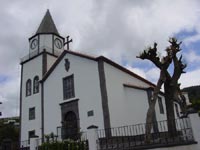Arco da Calheta
Parish Church of São Brás
18th century church, located at Sítio da Igreja. In 1472 the divided civil parish of Calheta became based at the chapel of São Brás and its first vicar was Father Pedro Delgado.
The parish church was rebuilt in 1744 by Cristóvão Gomes through public auction, for the amount of 9.350$00 réis, giving the Royal Treasury two bells, one of 20 and another of 6 arrobas (1 arroba is about 14,7kg), receiving in turn the old cracked bell to later be cast. It was consecrated on January 1, 1755.
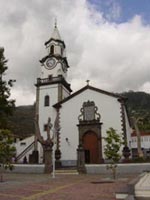 |
 |
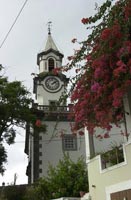 |
Chapel of Nossa Senhora do Loreto:
16th century chapel located at Sítio da Lombada do Loreto. An old book belonging to the parish archives reads “This is a magnificent chapel due to its architecture and construction, it was built during the creation of this parish…”
The Chapel of Nossa Senhora do Loreto (Our Lady of Loreto), one of the oldest in the civil parish, was founded by Joana de Eca, Lady to Dona Catarina wife of Dom João III. The chapel is influenced by the Manueline architecture of the period. The altar of the chapel of Nossa Senhora do Loreto was remodelled at the end of the 18th century and a canvas painting signed by Nicolau Ferreira dating back to 1791 still exists.
 |
 |
Calheta
Church of Espírito Santo (the Holy Spirit)
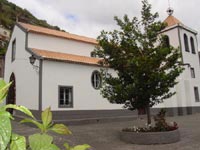 |
 |
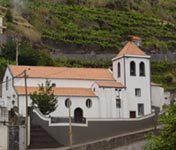 |
The civil parish of Calheta had its initial parish seat at the Chapel of Nossa Senhora da Estrela, but it was not long before a new church was built (date unknown). Its patron became the Holy Spirit.
The ceiling of the chancel and central nave are in the Mudéjar style and the church possesses many valuables such as sacred jewellery, lamps, baptismal font, processional cross, among others dating, between the 16th and 18th centuries.
The temple still holds a tabernacle carved in ebony with exquisite silver inlays, offered by Manuel I, o Venturoso (an original part of the Islands assets). A stone in the pulpit is dated from 1639, when the church was completely rebuilt.
Church of São Francisco Xavier
The parish of São Francisco Xavier is located in Salão and was created in 1960. While the church was being built, the parish seat was located at the chapel of São Francisco Xavier.
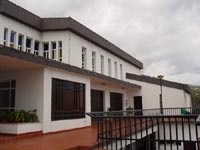 |
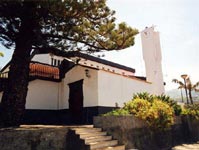 |
Chapel of São Francisco Xavier*
Old chapel located next to the parish church of Salão. It was founded by Manuel da Silva Pinheiro in 1693
* Property classified by municipal value. Decree No. 129/77 of 29 September
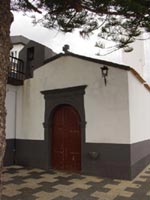
Estreito da Calheta
Parish Church of Nossa Senhora da Graça
João de França, son of André Gonçalves de França, built the Chapel of Nossa Senhora da Graça (Our Lady of Grace). In turn this sanctuary originated the new parish and was also the seat of the estate he founded in 1503. João de Françadied around 1511, and was buried in the chapel.
It was then converted into the parish church and was, through the years, continuously added to and rebuilt. The current temple was built in 1791 and consecrated in 1793. The church had work done on it between 1968 and 1971 in which the façade and tower were altered.
|
|
 |
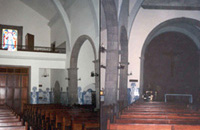 |
|
||
Chapel of Nossa Senhora da Conceição
Located at Sítio da Igreja, the chapel was founded by André de França Andrade, in 1673, on his estate. He was the first Conde da Calçada (1812-1906) being the last representative of his home. "(...) The vast estate was sold in parts by its last owner, the chapel and manor house too."
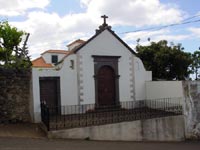
Jardim do Mar
Parish church of Nossa Senhora do Rosário
On 15th November 1734, a parsonage was created in the parish of Jardim do Mar, based in the existing Chapel of Nossa Senhora do Rosário (Our Lady of the Rosary). Later curate César Martinho Fernandes started the construction of a new church of the same patron, consecrated 19th September 1907 by Bishop Dom Manuel Agostinho Barreto. The parish church is a “reproduction” of the Notre Dame in Paris.
 |
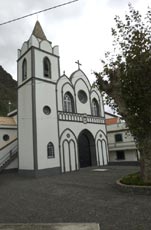 |
 |
Chapel of Nossa Senhora da Piedade
Founded in 1736 by João de Couto Cardoso, in 1825 was rebuilt by his successor Francisco João de Vasconcelos Couto Cardoso. During the rebuilding of the church, the chapel of Nossa Senhora da Piedade (Our Lady of Mercy), served as the parish seat. A tiny image of Santo António (St. Anthony) carved from a sliver of basalt originated from a rock fall that spared the life of a walker is revered there.
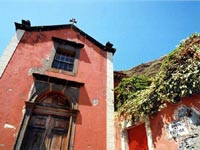
Paúl do Mar
Parish church of Santo Amaro
With the increasing population, the modest chapel of Santo Amaro was the parish seat in 1676. Santo Amaro was the patron of the Coutos Estate. João Anes de Couto was given land, settling in Paul do Mar. His son Francisco do Couto Cardoso was buried in the church (two tombstones exist next to the alter with inscriptions referring to this family).
 |
 |
Industry Ruins
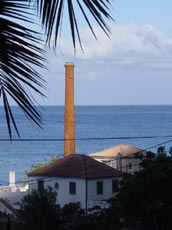 |
 |
Prazeres
Parish Church of Nossa Senhora dos Prazeres
In 1676, a charter passed by Dom Pedro II authorized Bishop Dom Frei António Teles the disintegration of the shrine of Nossa Senhora dos Prazeres (Our Lady of Joy). At the time Prazeres was dependent on Calheta, as were some inhabitants of Fajã da Ovelha, the intent was the creation of a new civil parish. The works for the church were put out for bidding by the Board of Finance, and in 1689, were auctioned to Manuel dos Santos. Father Manuel Dias Pinheiro became its subsequent priest.
The temple was to be built further away from the original. A provision from June 1784 grants 3 arrobas of wax and three pitchers of oil to the Confraternity of Santíssimo de Nossa Senhora dos Prazeres. During the Miguelist Domain the church was robbed and the tabernacle desecrated, which caused widespread indignation, the Bishop even published a pastoral alluding to this sacrilege.
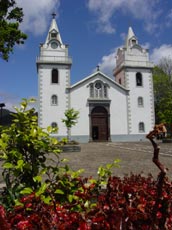 |
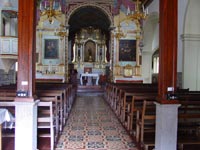 |
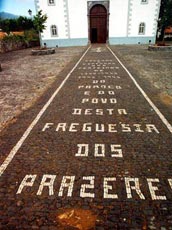 |
Fajã da Ovelha
Parish Church of São João Batista
The chaplain and the parish had their start at the Chapel of São Lourenço and remained there until the second quarter of the 18th century. Infanta Dona Catarina, regent of the kingdom, approved a charter authorizing the construction of a new temple and its transferal to a more appropriate location in harmony with the populations wishes.
However the construction of the new church only took place a few years later, with Fajã da Ovelha being chosen. It isn’t possible to determine the exact date of the conclusion or consecration of the new church.
 |
 |
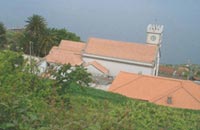 |
Chapel of São Lourenço
This chapel was built between the end of the 15th and beginning of the 16th century. It was here that the civil parish was founded in 1570 until the 18th century when the parish church of São João Batista was built. The current chapel is a reconstruction of the original.
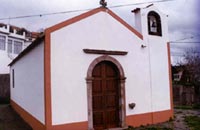 |
 |
Ponta do Pargo
Parish Church of São Pedro
The chapel of São Pedro (Saint Peter) erection date and founder unknown served as the bases of the new parish of Ponta do Pargo. It was rebuilt numerous times and suffered many additions (dates also unknown). The Board of Treasury ordered its reconstruction on 20th July 1620, it was rebuild in 1690. In 1851, major repair work was completed on the temple.
According to oral tradition, it is said that the parish church, in all their constructions and reconstructions, stood in three different places, but always in Sítio do Salão. First it was at Pé do Pico, later Achada da Igreja and finally where it stands today.
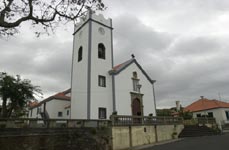 |
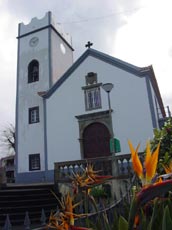 |
 |
Chaple of Nossa Senhora do Amparo
The parish of Amparo (protection) was founded by decree of the Bishop of Funchal, David de Sousa in 1960, and is part of the civil parish of Ponta do Pargo. The chapel was built in the 20th century and a very busy festival is celebrated there annually.
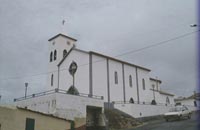 |
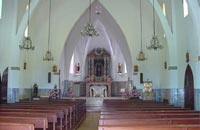 |




